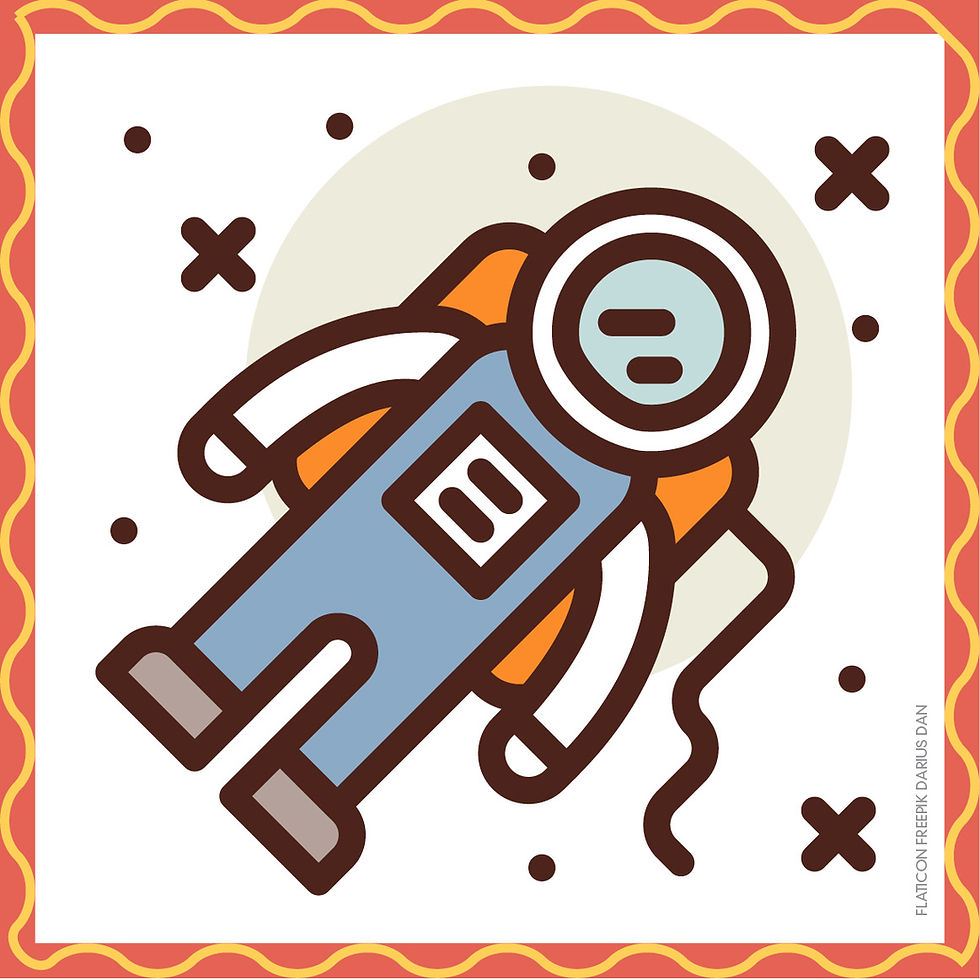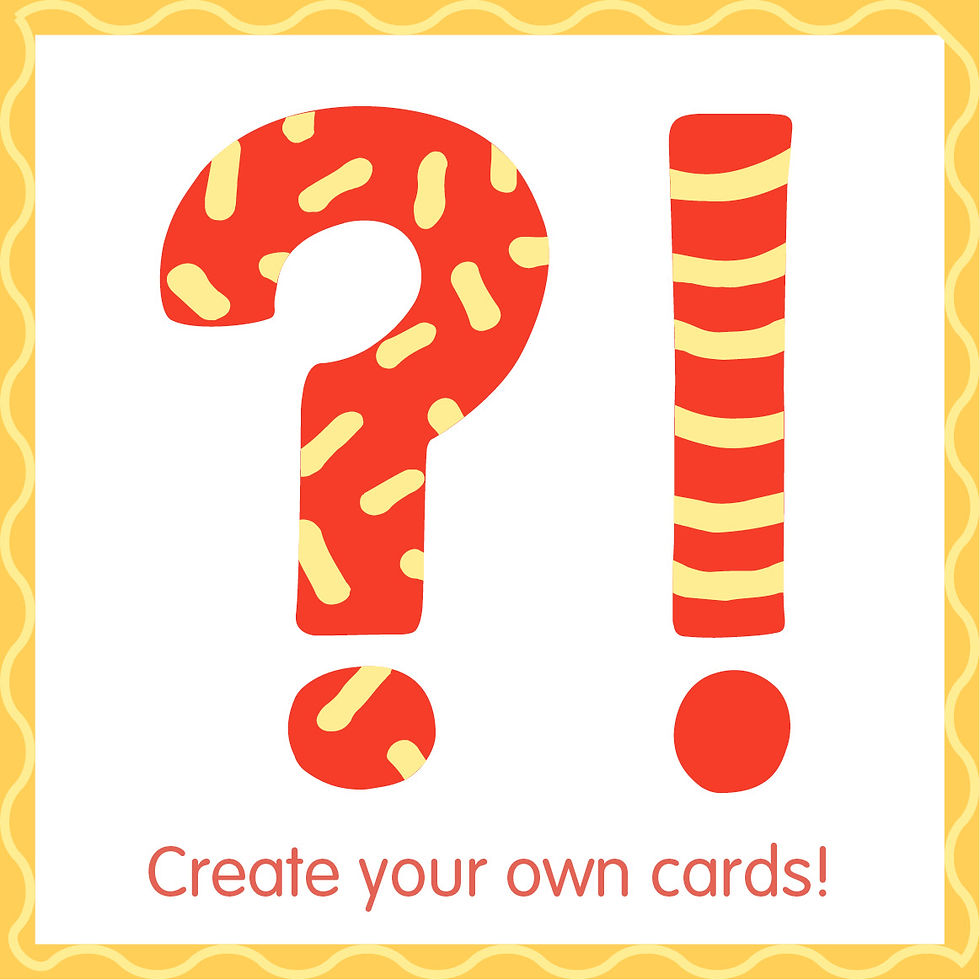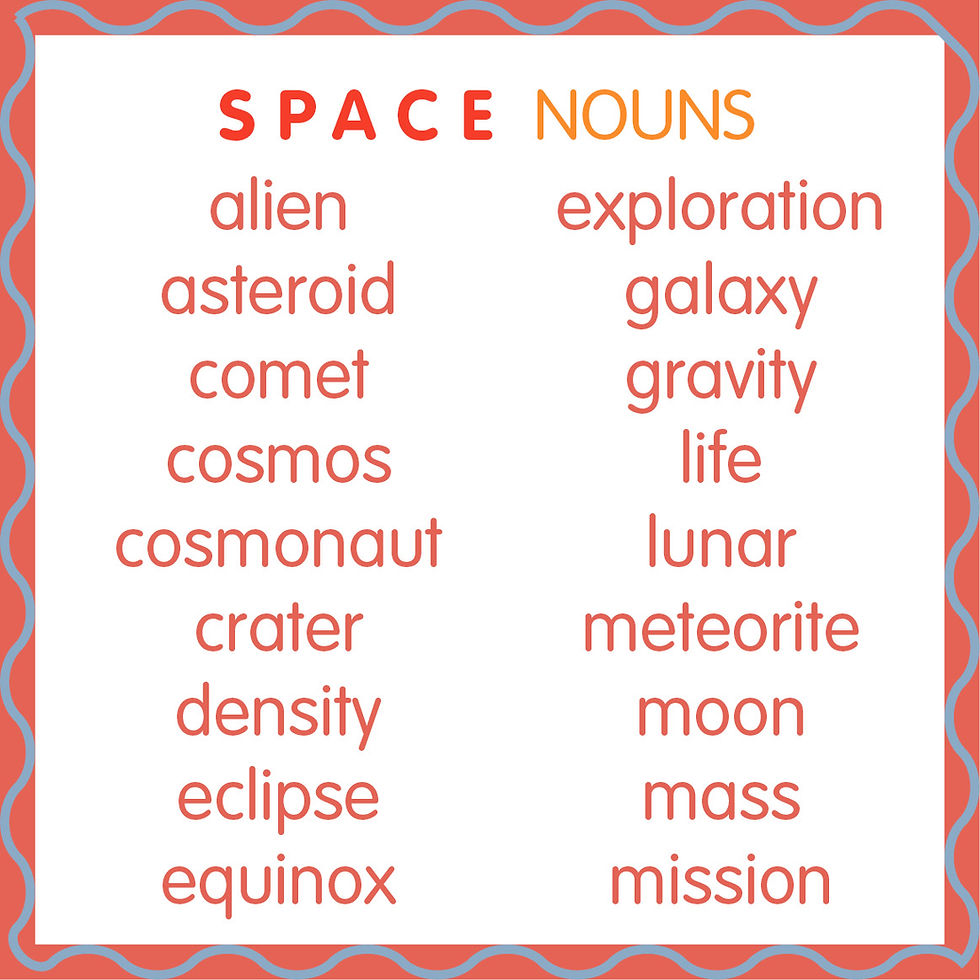poetry

April is National Poetry month, a time to celebrate the importance of poets and poetry in our culture. Poetry is all around us! Do you like listening to music and singing lyrics? Then you like poetry AND you can write it too! Check our collection of projects and your local library for special National Poetry month activities.

Ode to a Dachshund
BY BARBARA CAMPBELL
Lost in the deep
marrow
of a Sunday
afternoon.
Sprawled
in the plush
of a mind
empty
of regret.
Just one
hopeful moment
framed by two
floppy ears.
Though his scent
of life
is never dull
he heels
to a walk
through a world
licked in gray
with body
slicker than mind
and joy
that wags.
Questions:
-
What images do the words conjure in your mind?
-
Does the poem spark a feeling, memory or emotion?
-
Does it engage your senses (sight, sound, smell, touch)?
-
What words give you a sense of place and detail?
-
What does the overall shape of the poem suggest?
If you were to write a poem about a pet or animal, what details would you include? Give it a go!
Learn about Poetry
Poets.org
The Academy of American Poets was founded in 1934 to support American poets at all stages of their careers and to foster the appreciation of contemporary poetry.
Check out an assortment of Poetry Month activities designed for parents and teachers to celebrate online and at home:
-
30 Ways to celebrate
-
2021 Dear Poet Project
-
Poem-a-Day
-
Poetry Near You calendar
Poetry4kids
This site is an engaging poetry playground
-
Poetry lessons for kids
-
Poetry games
-
Rhyming dictionary
-
where you'll find:
-
Funny poems
-
Poem links
Kenn Nesbitt is a writer of humorous poetry for children. In 2013 he was named Children's Poet Laureate by the Poetry Foundation.
limericks
A limerick is a humorous form of poetry that first appeared in England in the early 1700s and was made popular by Edward Lear, a famous author who wrote A Book of Nonsense in 1864.
These silly, rhyming and catchy poems are fun to write. The sillier they are, the better!
Follow these rules:
-
Write only five lines of text.
-
Write a "AABBA" rhyme scheme.
-
Write to a specific "beat."
-
The last line is typically a silly twist that makes it funny or nonsensical.




ANALYZE A SONG's LYRICS
Take the song challenge! Pick a song that you love to sing. Write down the lyrics. Read the lyrics out loud (at least twice!) and notice how your voice changes and how the song makes you feel.
Look for these 3Rs & I:
-
Rhymes: occur when two or more words with similar-sounding final syllables are placed so they echo one another. Rhymes are used to produce sounds appealing to the reader’s senses and to unify and establish the divisions of poem’s form.
-
Rhythm: the beat and pace of a poem. Rhythm is created by the pattern of stressed and unstressed syllables in a line or verse. In a poem, rhythm can strengthen the meaning of words and ideas.
-
Repetition: uses the same word or phrase over and over again to add emphasis and catchiness.
-
Imagery: words that stimulate the senses such as sight, sound, small, taste, touch, or internal sensations like hunger or joint movement.
-
Questions:
-
What do you notice about the lyrics of the song? Is there a play on words? What are the emotions being expressed?
-
How does the title of the song relate to the lyrics? Sometimes titles can have clues about the song.
-
If there's an online video of the artist performing the song, watch for how the artist interprets the lyrics and adds their own emphasis on words and phrases.
Mature poetry
Take our writing challenge!
Using the illustration cards as inspiration, write a story, poem or song.
Use as many cards as you’d like in any order. Feel free to add your own drawing cards to take your writing in a new direction.








